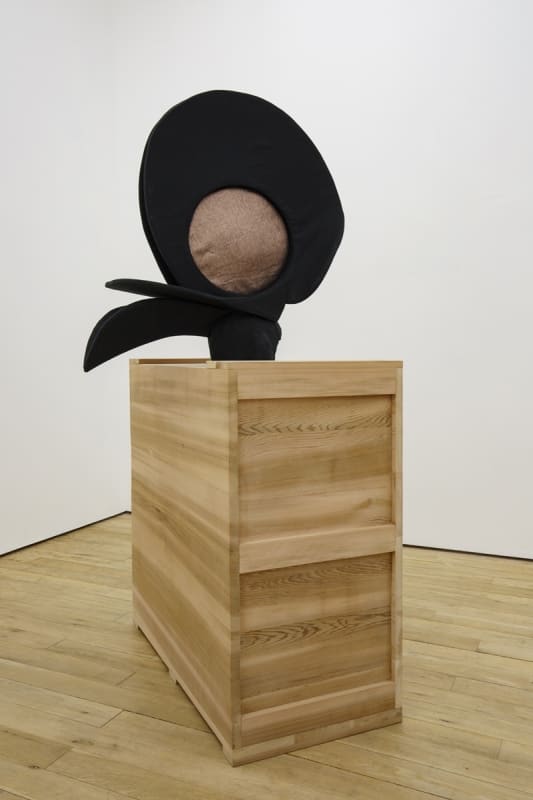Everything starts with the need to recognize or rediscover a dimension of fragility, of exposure to uncertainty as a basis for human community, in contrast to the growing pressure of society that would like us all to be perfect and perfectly sure and convinced, in the sense ofbeing invulnerable and also of being dominated by certainties. Annie Ratti, from a conversation with Cesare Pietroiusti, 2006
Annie Ratti uses her research on the work of Wilhelm Reich and his writing on 'orgone energy' as the foundation for this exhibition. In a recent talk on Reich’s work at the Freud Museum in London, she suggested that the examination of theories deemed unscientific, deviant or marginal might be useful in our search for truth in an increasingly diametrical world of left and right, rich and poor, man and machine, nature and artefact, one where the building of borders persists, both physically and metaphorically. Through her previous work including The Mushroom Project , Ratti attempts to highlight the inherent unison between nature and artefact, and explores the multiplicity of methods by which this relationship may be manifested.
Ratti’s starting point, as with many previous exhibitions, is to transform the architecture of the exhibition space. The industrial PVC strip curtain cutting through the centre of the room creates a boundary between two spaces that mirror each other, inviting the viewer to step through the translucent folds. The alien code written directly onto one of the walls, translates the glossary from Reich’s publication, Ether, God and the Cosmic Superposition. These annotations were transcribed using the Throne Codex alphabet (created by ProjectWarSword on Deviantart.com ) and were inspired by cybernetic characters created in the science fiction movie Tron Legacy, rendering Reich’s term in a language with an internal semiotic code devised by an outsider .
Reich’s detention of ‘orgone energy’, which is a physical phenomenon, recalls the notion of Qi energy, but is far more dynamic in the Reichian mechanical interactions with nature. Reich proposed that the juxtaposed layers of iron and wool attract and hold energy active in the environment. In response Ratti has created orgone hats, using the same material, one in white and one in black, intending to simultaneously re-energize and blur the boundaries between art, artefact and nature. The fantastical organic shapes of the hats have a distinct sculptural presence, their existence in the exhibition implies an otherworldly prototype rather than a functional design-object.
The glossary of Reich’s book, offering a literal definition of Reich’s 'orgone energy' will be printed and made available to the public. It is not Ratti’s intention to defend Reich’s theories, but rather to deploy this concept as an illustration of intellectual resistance and of thinking outside the canon; in Reich's case his exploration of ideas beyond the borders of the psychoanalytical orthodoxy of his day, most famously in his writing on the political power of sexual orgasm.
Research has always played an important role in Ratti’s practice, from her investigations into the migration of birds for an exhibition at Kunsthaus Bregenz in 2000, to her study of Carla Lonzi’s text, Let’s Spit on Hegel, for a recent exhibition at Libreria delle donne di Milano, a historical feminist association, publishing company and bookshop. Her work is site-specific in both the choice of subject and the physical negotiation of the space. It is the subtlety of her deployment of design, craft and architectural intervention that seduces the viewer. In this exhibition the voluptuous shapes, transparent curves and ethereal mark-making invite us to consider critically one of the most controversial figures in psychoanalytical and scientific theory at a moment when the current perception of science and the
humanities, C.P. Snow's 'two cultures', is once again in flux.
